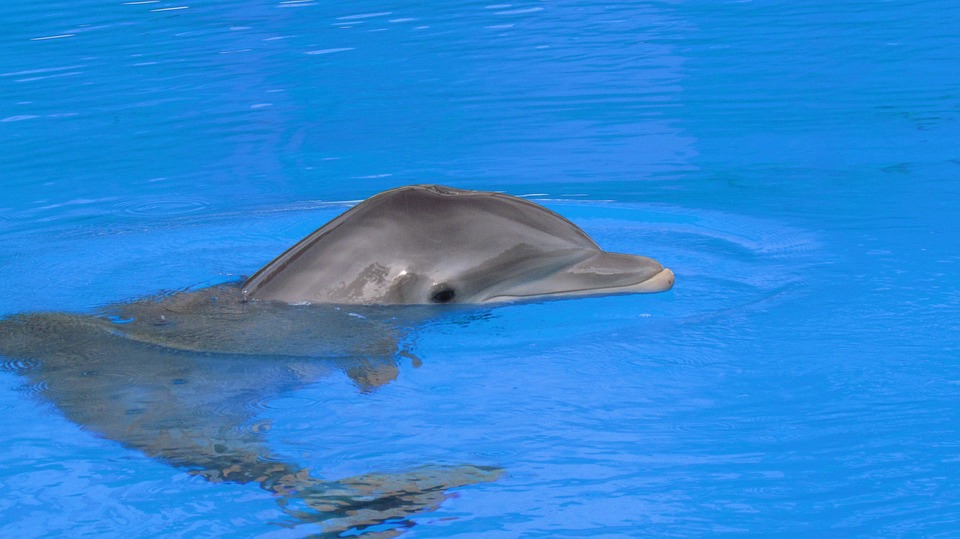In the world of tank fish, courtship displays are not only fascinating to observe but also serve as crucial components of the mating process. These intricate displays involve a variety of behaviors, movements, and colors that are species-specific and designed to attract potential mates. By understanding and appreciating these courtship displays, fishkeepers can create ideal conditions for their fish to engage in natural mating behaviors.
Courtship displays are essential for fish to attract mates and ensure successful reproduction. These displays have evolved over time and are highly specific to each species. They often involve vivid colors, intricate movements, and unique behaviors that are intended to catch the attention of potential mates. By understanding these courtship displays, fishkeepers can create environments that allow their tank fish to engage in natural mating behaviors, leading to successful reproduction.
Male fish are often the flamboyant suitors, developing vibrant coloration during the mating season to attract females. This is particularly prominent in species like guppies, bettas, and angelfish. Male fish also utilize flashy movements and shimmering patterns to catch the attention of potential mates. This behavior is observed in species like swordtails, mollies, and gouramis. Female fish, on the other hand, closely observe the courtship displays of males to assess their quality as potential mates. In some species, females exhibit a preference for specific colors or patterns, indicating a preference for certain genetic traits.
Apart from colorful displays, fish courtship also involves unique behaviors and rituals. Some fish species engage in elaborate nest-building behaviors to attract females and protect their offspring. This can be observed in species like bettas and cichlids. Certain fish, such as the Siamese fighting fish, create bubble nests on the water’s surface as part of their courtship ritual. Males of several species, including guppies and angelfish, engage in aggressive displays like tail slapping and fin flaring to establish dominance and impress females.
Courtship displays also involve mesmerizing dances and movements. Many fish engage in zigzagging and circling movements during courtship, creating an enchanting visual display. Species like tetras and rasboras exhibit synchronized swimming behaviors during courtship, showcasing their coordination and fitness.
Now, let’s address some frequently asked questions regarding fish courtship. Male fish typically exhibit more vibrant colors than females as a means to attract females and demonstrate their genetic fitness. Encouraging courtship displays in a tank environment can be achieved by creating an environment that mimics their natural habitat. Providing suitable hiding spots, appropriate water conditions, and a balanced diet can significantly enhance the chances of courtship behaviors. While courtship displays are not always mandatory for fish reproduction, they greatly increase the chances of successful mating and spawning. It is rare for different fish species to engage in courtship displays with each other. Courtship rituals are typically species-specific and serve as a means of attracting and recognizing potential mates within their own species.
In conclusion, exploring the intricate courtship displays of tank fish not only provides insight into their fascinating behaviors but also helps fishkeepers create suitable environments for their fish to engage in natural mating behaviors. By observing and appreciating these courtship displays, we can develop a deeper appreciation for the stunning diversity found within the aquatic world.









